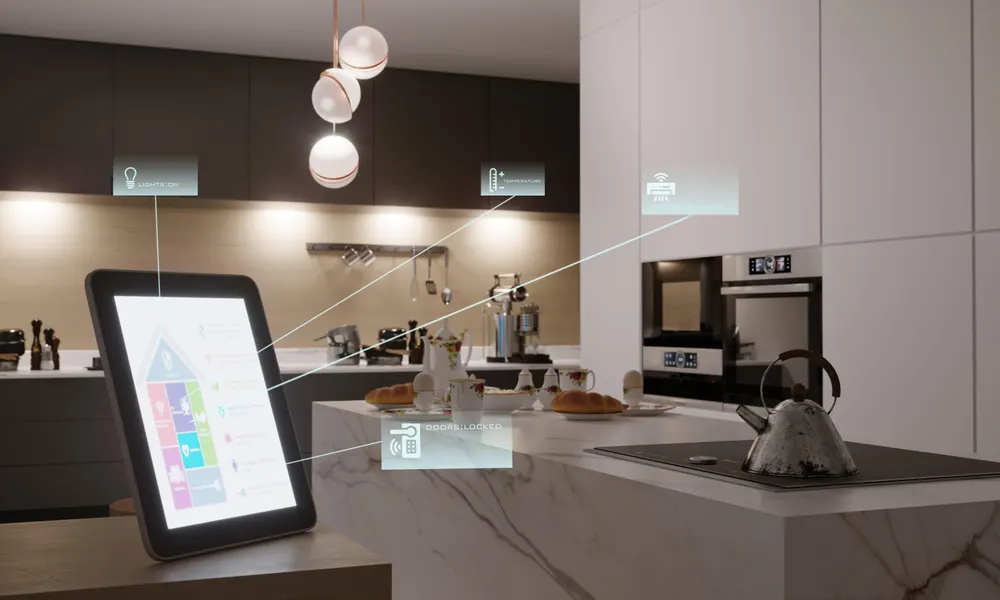In just a few years, the smart kitchen industry has moved from novelty to necessity. As technology reshapes the way we live, global demand for connected, intelligent appliances is accelerating — and it’s easy to see why. Consumers are looking for convenience, energy efficiency, and smarter ways to manage their homes. This rising interest is driving a wave of innovation and international trade opportunities in IoT-powered kitchen devices.
Connected Kitchens: The Heart of Smart Homes
Smart kitchen devices are no longer just standalone gadgets — they’re part of an integrated ecosystem. From refrigerators that track ingredients to ovens that sync with recipe apps, these devices work together to simplify meal prep and daily routines.
IoT connectivity allows seamless control through smartphones or voice assistants like Alexa and Google Home, making the kitchen a true extension of the smart home.
Global Shift Toward Energy-Efficient Homes
Across regions like Europe, North America, and parts of Asia, there’s a growing emphasis on energy-efficient, eco-friendly living. Smart kitchen appliances are built with sensors that optimize power and water usage, reducing household waste.
Governments and consumers alike are supporting this shift — through green incentives, sustainability programs, and preferences for energy-saving IoT devices.
Innovation in IoT Hardware and AI Integration
International brands are racing to design products that blend hardware innovation with AI intelligence. Smart dishwashers, composters, and induction cooktops are integrating predictive algorithms that adjust to user habits.
Startups and manufacturers are leveraging edge computing, Wi-Fi modules, and sensor-based designs — much like the innovations seen from platforms such as IoTTechnologies.ai and Valvex.ai — to enhance reliability and scalability in exported products.
Rise of Smart Kitchen Exports
With increasing global demand, smart kitchen devices have become a key export segment. Manufacturers in Asia and Europe are focusing on high-precision components, IoT-ready chips, and cloud-enabled firmware to meet the international standards of connected appliances.
Export data shows rising trade in categories like smart faucets, reverse osmosis systems, and automated cooking devices, as seen in companies like DripX.io, which design AI-powered water systems for modern homes.
Consumer Behavior and Future Trends
Modern consumers want more than just functionality — they want intelligence. This means devices that learn, adapt, and interact. The demand for personalization, convenience, and sustainability continues to fuel growth in AI-integrated kitchen products worldwide.
The next wave will include predictive meal planning, voice-guided cooking, and self-maintaining appliances — all powered by IoT ecosystems that make homes smarter and lives simpler.


